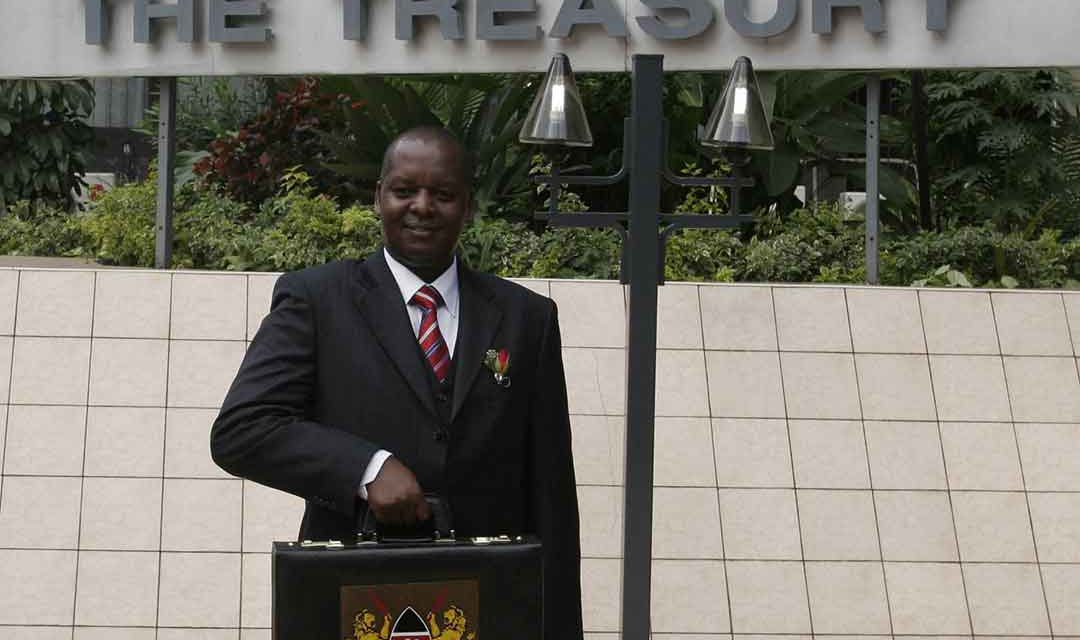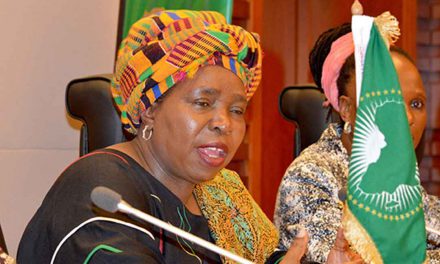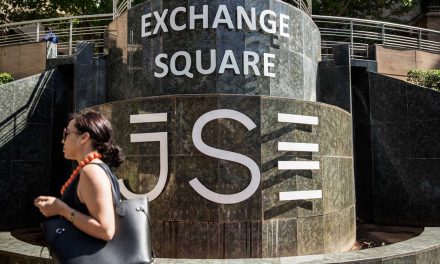Kenya is on track to almost triple its foreign direct investment (FDI) inflows in 2016 as compared to 2014 on the strength of renewed investor confidence, the Kenya Investment Authority (KenInvest) says. FDI inflows are expected to reach $3 billion this year as compared to $1.2 billion in 2014, according to a 2015 African Development Bank survey. Kenya “is increasingly becoming a favoured business hub, not only for oil and gas exploration, but also for manufacturing, transport and the booming technology industry,” according to the report. The agriculture and energy sectors were also mentioned as FDI drivers. Other investment opportunities exist for direct and joint-venture investments in the iron and steel industries, manufacture of fertiliser, agro-processing, motor vehicle assembly and manufacture of spare parts, says Moses Ikiara, managing director of KenInvest, an investment promotions government parastatal. The East African Community (EAC), the Common Market for East and Southern Africa (Comesa) and the African Growth Opportunity Act represent a “huge market”, he says.
The EAC has a population of 138 million and a GDP of $82.1 billion. Comesa, a 19-member union, has a population of 444 million with a combined GDP of $596 billion. Kenya’s recent “tremendous” growth in FDI has been helped by high profile investment forums such as the 10th Ministerial World Trade Organisation meeting in December last year and the Global Entrepreneurship Summit in July, both in Nairobi, says Mr Ikiara. This August, the city will host the Tokyo International Conference on African Development —the first such meeting in Africa. Kenya is on course to reclaim the investment image it enjoyed before the global economic crisis of 2008/2009; the country recorded $1.6 billion in FDI flows in 2007, says Mr Ikiara. Currently, Kenya’s top investment sources include the US, the UK, the Netherlands, Belgium, France, Brazil, China and India, with the latter two now Kenya’s largest bilateral trade partners. Improved regional integration has aided inflows from Africa, particularly South Africa, he says.
“Kenya has established itself as a regional business hub, defying continual terrorism threats that have crippled tourism — a chief foreign exchange earner. We expect the $14.5-billion Konza Technology City, to attract more foreign investment in … business process outsourcing, software development and data centres,” Mr Ikiara told Africa in Fact. Dubbed the “African silicon savannah”, the 5,000-acre project, 64km south of Nairobi, is expected to generate more than 16,000 jobs by 2019, and 200,000 by 2030. Other mega projects in progress include the $24.5-billion Lamu Port-South Sudan-Ethiopia-Transport (LAPSSET) corridor programme, as well as the Northern Corridor Integration and Central Corridor Infrastructure project co-ordinated by Kenya, Uganda, Rwanda and South Sudan, which have driven investor interest in Kenya as an entry point to the region
The country’s real estate sector has been a key driver of Kenya’s GDP, says Hezron Gikang’a, East Africa managing director of KEAMSCO, a New York, Bremen and Nairobi-based consulting firm. Nairobi has ranked in the top 20 Global Property HotSpots of the Knight Frank global house price index for three years, he said. Major commercial, residential and mixed-use projects are under way, including Two Rivers, sub-Saharan Africa’s second biggest mall at 64,000 square metres. The recovery of FDI inflows to Kenya is mainly due to its diversification of its economy, says Aly Khan Satchu, CEO of rich.co.ke, an economics and investment analysis platform. Investor interest in Kenya’s “soft commodities”, such as tea, coffee and horticulture, was “an added sweetener”, he said. The country was well positioned as a gateway to the EAC, while another contributing factor to its attractiveness was an “extraordinary ICT and financial mobile money-led revolution”.
Mr Satchu added that FDI to Kenya would continue to outperform many African countries in 2016 and 2017 as funds were displaced from Lagos, Johannesburg, Luanda, Cairo and other key sub-Saharan African destinations in favour of Kenya. Commodity-dependent countries such as Angola, Mozambique, Zambia, Nigeria, Ghana and South Africa were facing gaping budget deficits following the recent collapse in oil and commodity prices, as well as slower growth in China. Kenya’s higher FDI has also been propelled by capital projects, says Morris Aron, an East African economist based in Nairobi. They include Irish oil company Tullow’s Kwale Mineral Sands project, a $4-billion standard gauge railway linking Mombasa City and Nairobi, a Roads Annuity Plan for the country’s 8,000km road network and the country’s planned acquisition of 5,000 MW in electrical power. “Any big investor, any mega project entering the region must find itself in Kenya,” says Mr Aron.
The country offers cheaper costs for oil companies exploring for oil than most other countries in the region, he said, while its large-scale infrastructure projects “drive connectivity, competitiveness, and margins for manufacturers”. The increased FDI inflows were also stimulating relative stability in the country’s foreign exchange market, he added. Mr Aron expects further improvements to the business environment, including simpler business licence requirements and the development of public-private partnerships as part of the government’s “Vision 2030” strategy, the government’s long-term economic plan. But he argues that Kenya must lower the cost of energy, simplify taxation regimes and timelines, decentralise and digitise land records and registration, ease work-permit processes and costs and strive to keep politics out of business. The shift in FDI to Kenya is partly associated with perceptions of political risk elsewhere on the continent, says Mr Gikang’a.
East Africa is the fastest growing region in Africa, and the region’s average GDP growth rate was expected to be 5% between 2015 and 2019, with Ethiopia leading at 7.3% and Kenya at 5.8%, according to the IMF. This compared well with other heavyweights in the emerging markets category such as India (6.8%) and China (5.8%), he said. Kenya is now the second-best country in sub-Saharan Africa in which to invest, according to an October 2015 report by the IMF. It ranked at 108 out of 189 countries by the World Bank Doing Business 2016 survey, an improvement of 28 places on the 2015 rankings. Yet the rise in FDI in Kenya is still constrained, some commentators say. A January 2015 report by the United Nations Conference on Trade and Development (UNCTAD) cited political instability, security issues, low quality infrastructure and an unfavourable business climate as “hindrances to investment”.
Various militia groups accounted for an estimated 333 reported deaths per year between 2000 and 2014, according to a 2015 report by the South Africa-based Institute of Security Studies. Nevertheless, the instability of Kenyan politics posed a still greater threat to the country, it said. Some commentators say corruption in Kenya is sliding out of control. Currently, the Ethics and Anti-Corruption Commission is investigating major scandals involving the National Youth Service and the Eurobond. In March last year, President Uhuru Kenyatta fired four cabinet secretaries over graft allegations. Eight months later, Anne Waiguru, the devolution and planning cabinet secretary, resigned after sustained pressure from activists, media and the opposition over corruption in her ministry. Transparency International’s 2015 Corruption Perception Index, released in January this year, ranked Kenya at 139 out of 169 countries.
Kenya was contributing to an increased rate of economic crime in Africa, with the second-highest rate on the continent after South Africa, according to the 2016 Global Economic Crime Survey by PriceWaterhouseCooper. “Corruption has deepened and widened” since Mr Kenyatta assumed power in 2013, says anti-corruption activist John Githongo. It is therefore not surprising that, as noted by the US State Department, challenges with regard to ease of doing business and corruption remain “key challenges” for investors.











